How Icarus LSF used light gauge steel to the highest level of best practice in offsite sector
Icarus LSF recently partnered with Ashcourt Contracts to deliver 239 units of student accommodation over 9-storeys in the centre of Leeds. We caught up with the CEO of Icarus LSF, Andrew Turnbull to find out more about the design, manufacturing and installation of 6000m2 load-bearing light steel framing included in the project:
How long did it take to complete the project?
We had very early involvement in the design of the building, but manufacturing and installation took just 16-weeks. The on-site erection of the offsite manufactured light steel wall panels (with factory installed weather defence board) and floor cassettes (with factory installed steel decking) was completed 14-weeks ahead of the original 30-week target installation programme.
You mentioned offsite manufacturing; is the quick delivery time of the Leeds building due to the modern methods of construction implemented throughout the construction process?
Absolutely. We think the project is a perfect demonstration of how employing modern methods of construction, coupled with the incredible material properties of light gauge steel, can drastically speed up the construction process – without sacrifice to health, safety or quality.
Can you elaborate on that?
Most of the superstructure’s work content is actually completed before we need to set foot on site. While the site is being prepared and the podium levels are being constructed, we’re busy roll forming and assembling the walls and floors ready for erection on site as soon as the slab is ready for us. We take much of the work off the critical path, allowing the building to be erected in an incredibly short on-site timeframe.
The speed of LSF installation and ability to reduce the critical path meant the project was delivered 50% faster than would be possible with traditional methods. Added to this, round-the-clock manufacturing provided programme certainty not seen by our client on similar schemes. Beyond this, the fact that LSF can be installed in wet and inclement conditions enabled further programme acceleration and certainty. And finally, because the steel solution provided a rapid dry envelope, follow on trades could commence work in parallel to the LSF install.
So, how did you maintain a high level of quality?
By using light gauge steel as the main building material, we were able to offer a solution that not only benefited from the use of offsite manufacturing, but benefited from the mechanical and material properties of the steel itself. The light-weight galvanised steel we use not only provides a much lighter solution, helping reduce the cost of foundations, but it provides and incredibly high level of predictability. It’s a highly engineered solution, so what you design is exactly what you get!
It’s by marrying the use of bespoke 3D modelling software and BIM with the use of a direct CAD/CAM interface to our roll forming machines, that a fully pre-engineered solution can be assembled on-site with the confidence that all of the benefits of light gauge steel can be realised.
Beyond this, each stage of the project was measured and controlled to ISO standards; with every steel frame uniquely labelled with frame number, weight and GA site references. We use manufacturing philosophies and state-of-the-art machinery to ensure every steel component produced exactly matches the approved design. Further to this, each component is produced to be self-jigging for accurate and fast assembly within the factory, further assuring quality at every step of the process.
How did you ensure that the project was delivered within the client’s budget for the scheme?
The solution provided a myriad of cost savings. Prelim costs were reduced due to the faster programme; foundation costs were reduced due to the low weight of the solution; and waste costs were reduced due to the use of a pre-engineered no-waste design. Further, costs associated with moisture, shrinkage or settlement were removed due the use of steel to provide dry, stable construction. Outside of the prime cost, the client was also able to benefit from a swifter ROI and reduced borrowing costs and an increase in floorspace due to the reduced wall thickness that LSF afforded.
Do you think that as a practice, the manner in which you delivered this building is sustainable and less harmful to the environment than more traditional methods?
Without question. To meet sustainability objectives, the solution was delivered using 100% recyclable materials, with zero site wastage. 98% of factory waste was recycled and site deliveries were significantly reduced.
The project also fell in line with Icarus LSF’s A+ Green Guide rating, as well as the business’s zero waste-to-landfill policy, whilst also delivering against the project’s BREAAM requirements. For ongoing environmental benefit, the warm-frame nature of the LSF solution meant that the accommodation benefited from u-values significantly exceeding requirements.
With regards environmental disruption and impact on site, the solution enabled a clean and low-noise method of erection. Also, the pace of erection meant that the timeframe for city centre disruption caused by the site was significantly reduced.
The lightweight nature of the solution meant that building weight was significantly reduced, meaning the requirements for foundations and piling were minimised. The reduced weight of the structure also meant that on site logistics and cranage requirements could be minimised – reducing the environmental and noise impact of heavy duty construction equipment.
With regards transportation, the nature of the LSF solution meant that a significant proportion of the building’s structure could be delivered on each site delivery, dramatically reducing the number of site deliveries when compared to traditional methods of construction and in turn reducing the environmental and carbon impact of the project.
Let’s talk a little about your experience with the steel and offsite construction supply chains – were they positive or negative experiences? Ultimately, how did they help or hinder the delivery?
Due to the complex technical nature of the project and the tight timescales, it was important that all supply chain partners were highly aligned at every step of the project. An initial supply chain workshop was used to ensure all parties fully understood the complexities of the project and the client’s requirements; and this was followed by regular checkpoint reviews where time, cost, quality and risk were reviewed in collaboration with all key supply chain partners.
Information management at every step of the project value chain was key – ensuring the effects of any late architectural or design changes were managed and the effect of any site risks or constraints were understood by all parties. To manage the flow of information and ensure alignment of the supply chain, a dedicated project management team was allocated to the project, ensuring each supply chain touch-point had a single point of responsibility within Icarus, who could then act as a conduit of information to and from the client team.
This collaborative and highly controlled approach gave all parties continued confidence throughout the project that the supply chain was combining to deliver the most cost effective and speedy solution for the ultimate client.




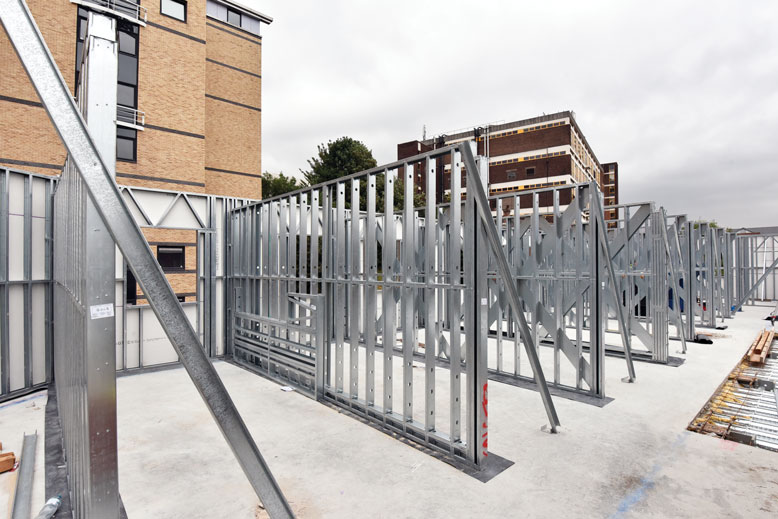
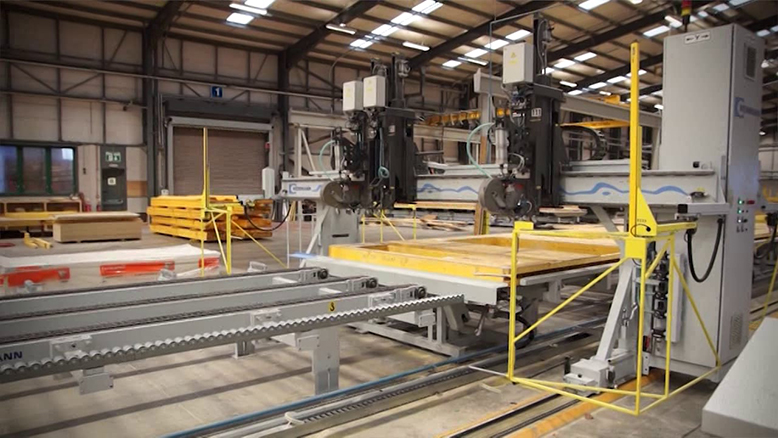

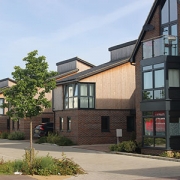




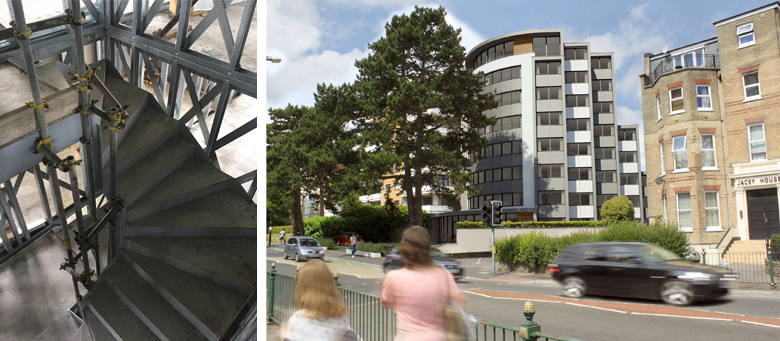


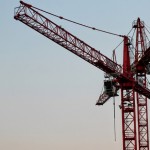
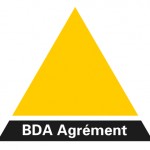
Leave a Reply
Want to join the discussion?Feel free to contribute!